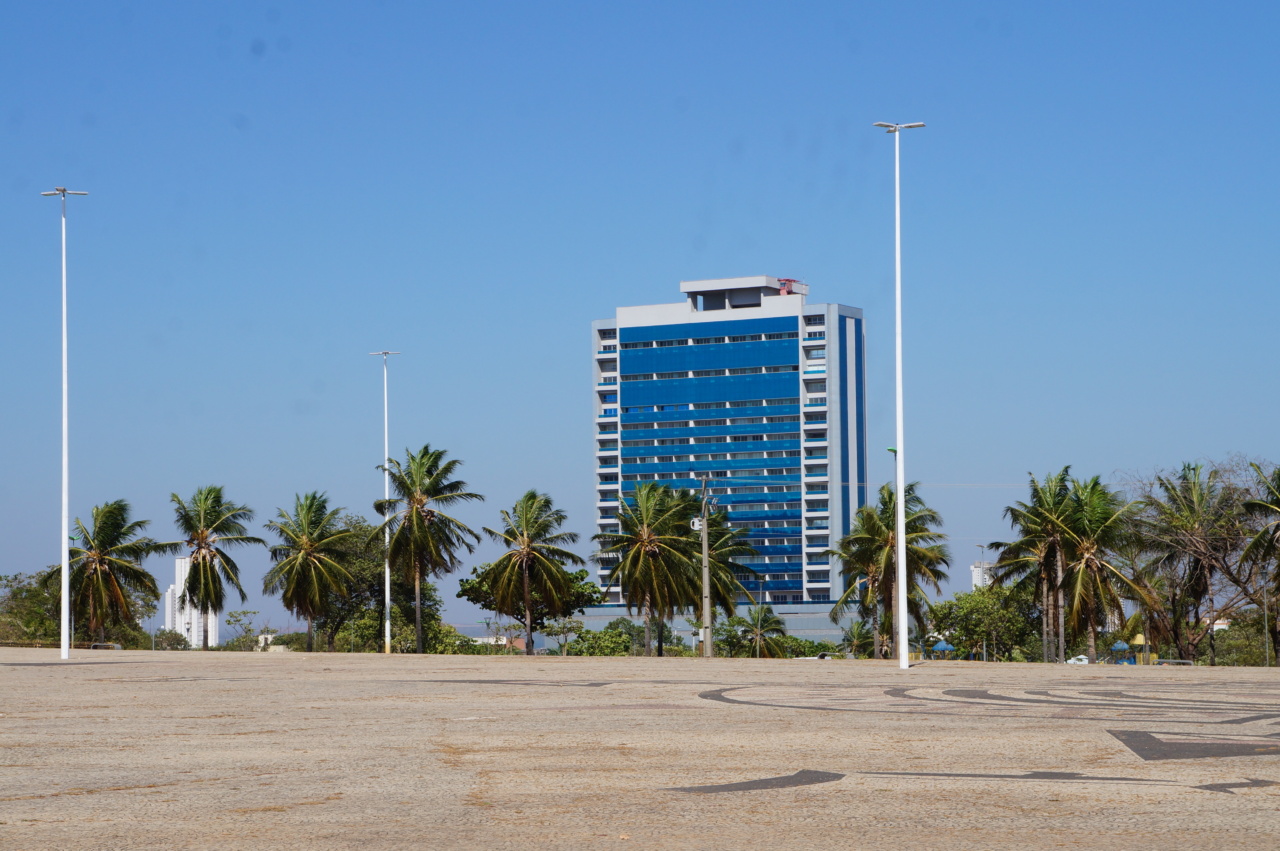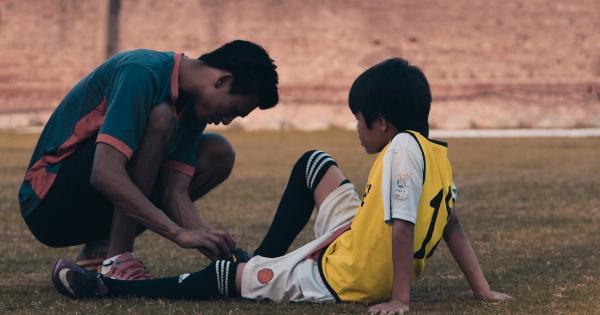Blue light has become a major concern in modern society due to the increased use of digital devices. Adolescents, in particular, are at risk of experiencing the negative impacts of blue light exposure.
This article will explore how blue light affects the growth and development of adolescents.
What is Blue Light?
Blue light is a type of high-energy visible (HEV) light that has a shorter wavelength and higher energy than other colors in the visible light spectrum.
It is emitted by the sun, but it is also present in digital devices such as smartphones, tablets, and laptops. Exposure to blue light can have both positive and negative effects on the body.
The Positive Effects of Blue Light
Exposure to blue light is known to regulate the circadian rhythm, which is the body’s internal clock that regulates sleep and wake cycles.
In the morning, exposure to blue light can help adolescents feel more alert and awake, which can lead to increased productivity and better academic performance.
The Negative Effects of Blue Light
Exposure to blue light at night can have negative effects on sleep quality and duration. Adolescents who use digital devices before bedtime are more likely to have trouble falling asleep and experience disrupted sleep patterns throughout the night.
This can lead to daytime fatigue, lack of concentration, and poor academic performance.
Effects on Eye Health
Exposure to blue light can also have negative effects on eye health. Blue light can penetrate the cornea and lens of the eye and reach the retina.
Over time, this can lead to damage to the retina and increase the risk of developing macular degeneration, a condition that can lead to permanent vision loss.
Effects on Mental Health
Adolescents who spend a significant amount of time on digital devices are more likely to experience symptoms of anxiety and depression. This may be due to disrupted sleep patterns, increased stress levels, or a lack of face-to-face social interaction.
Ways to Reduce Exposure to Blue Light
There are several ways to reduce exposure to blue light, including:.
- Limiting screen time, especially before bedtime
- Using blue light blocking glasses
- Adjusting device settings to reduce blue light emissions
- Spending time outdoors during the day
Conclusion
Exposure to blue light can have both positive and negative effects on adolescents. While it can help regulate the circadian rhythm and promote alertness, it can also have negative effects on sleep quality, eye health, and mental health.
It is important for adolescents to be aware of the risks associated with blue light exposure and take steps to reduce their exposure.































